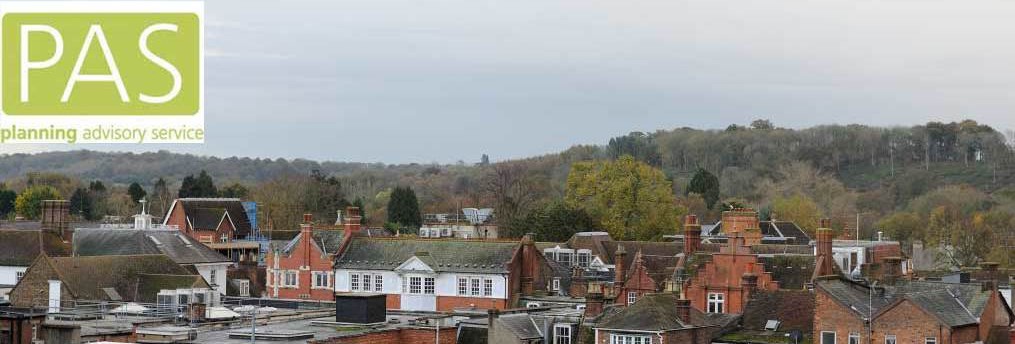I have written before about how good it is to work at PAS. Almost by design you are exposed to the most difficult, novel and complex areas of planning policy and implementation. At the moment across the team we are dealing with land supply, town centres, article 4 directions and how to shift towards a more digital planning system. In my opinion, soaring above them all in terms of brain ache is the issue of “nutrient neutrality”.
While nutrient neutrality is on the surface fairly straightforward and has been beautifully explained by Simonicity here and here. What makes it hard to work through is not the concept itself [which I think of as “when you’re in a hole stop digging”] but the number of agencies involved and the very well organised stakeholders who all look at things in their own way. We ran some events recently on this topic and what follows are my reflections on what I learned and have been thinking about since.
- We are changing, and change is hard. All organisations that receive the advice from Natural England go into shock. Plan allocations are called into question, housing schemes get stopped in their tracks. I have helped several places with the early stages of “What Now?” following an advice note and have found the Kubler-Ross model of grief is actually quite helpful. People’s initial response is denial – or at least denial that there is anything except a choice between housing and the environment.
- We should accept a part in fixing this situation. Quietly, privately, I think many people will agree that planning has been too focused on housing for many years. The thinking has been one-dimensional. A more balanced and holistic view of development is totally within our gift and many planners welcome it. But set against that is a clear and common-sense view that the planning system should not tie itself up in knots while other actors carry on undoing any hard-won improvements every time it rains. Any response has to be collective and proportional. I think you know what I’m getting at.
- We must help to invent a new art. It would be easy to play “Wait and See” to learn what the Environment Bill (and habitat regs) do in combination with a new Planning Bill. There is no shortage of new regulation coming our way but I think it is naive to sit back and ask the Government to tell us what to do in precise detail. We can start right now – for example by running a call for sites with a twist. Not just about housing, not even housing + infrastrcture but a “Green Call for Sites”. We probably need new heuristics and better GIS skills but we can extend what we have learned about assessing sites for housing to include assessing sites for ecological improvements too.
As I write this my twitter feed is full of people exasperated with the failure of sewage-based amendments to the Environment Bill. Perhaps naively, I really hope that some of the historical and structural problems that surround how we use, manage and price water get fixed. That stuff all feels slightly beyond my pay grade. For planners, though, I think it means:
- Think big. Many of the government teams I work with are quite specific. Their job is to “land” a policy area like BNG or NN and they resist what they see as scope creep by broadening out thinking or implementation. However I think we must resist these narrow policy boxes and think as natural systems work – holistically. My advice – think about “bundling and stacking” and the best possible use of sites right from the get-go. This must be where we push LNRS and a broader strategic thinking on the environment.
- Play to our strengths. Most people in planning forget what a useful bundle of tools it represents. We bring statutory consultation, political consensus, legal agreements, the ability to think long-term and in a coordinated way about land use and infrastructure. Some of it could do with a bit of a brush-up (monitoring & enforcement, I’m looking at you) but what a potential powerhouse it is.
- Learn by doing. We know housing sites take years, and so will good environmental schemes. Don’t wait for certainty, and don’t worry about changes to (for example) Section 106 agreements undoing your work. The environment is a big wobbly and uncertain place and we will all need to try, learn and iterate what we’re doing to get the best environental bang for our buck.
Yes, nutrient neutrality remains difficult and I can’t yet point at many schemes and places that I think have totally cracked it. But on my optimistic days I think we should be pleased that we are at the beginning of a new and better way of placing development in a natural context. Place-making (at least for me) has always had an urban flavour, but I think the principles of good placemaking might equally apply in natural systems. We just need to get better at it – collectively.
